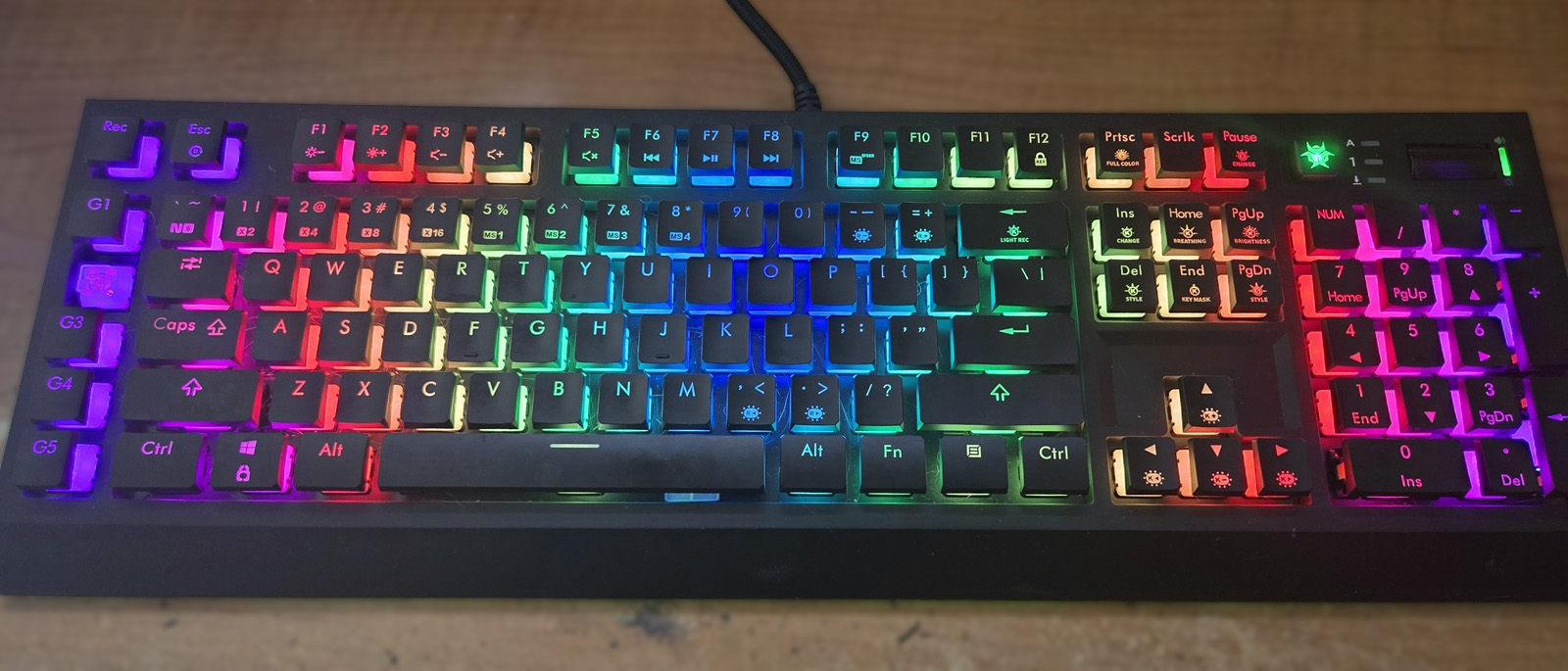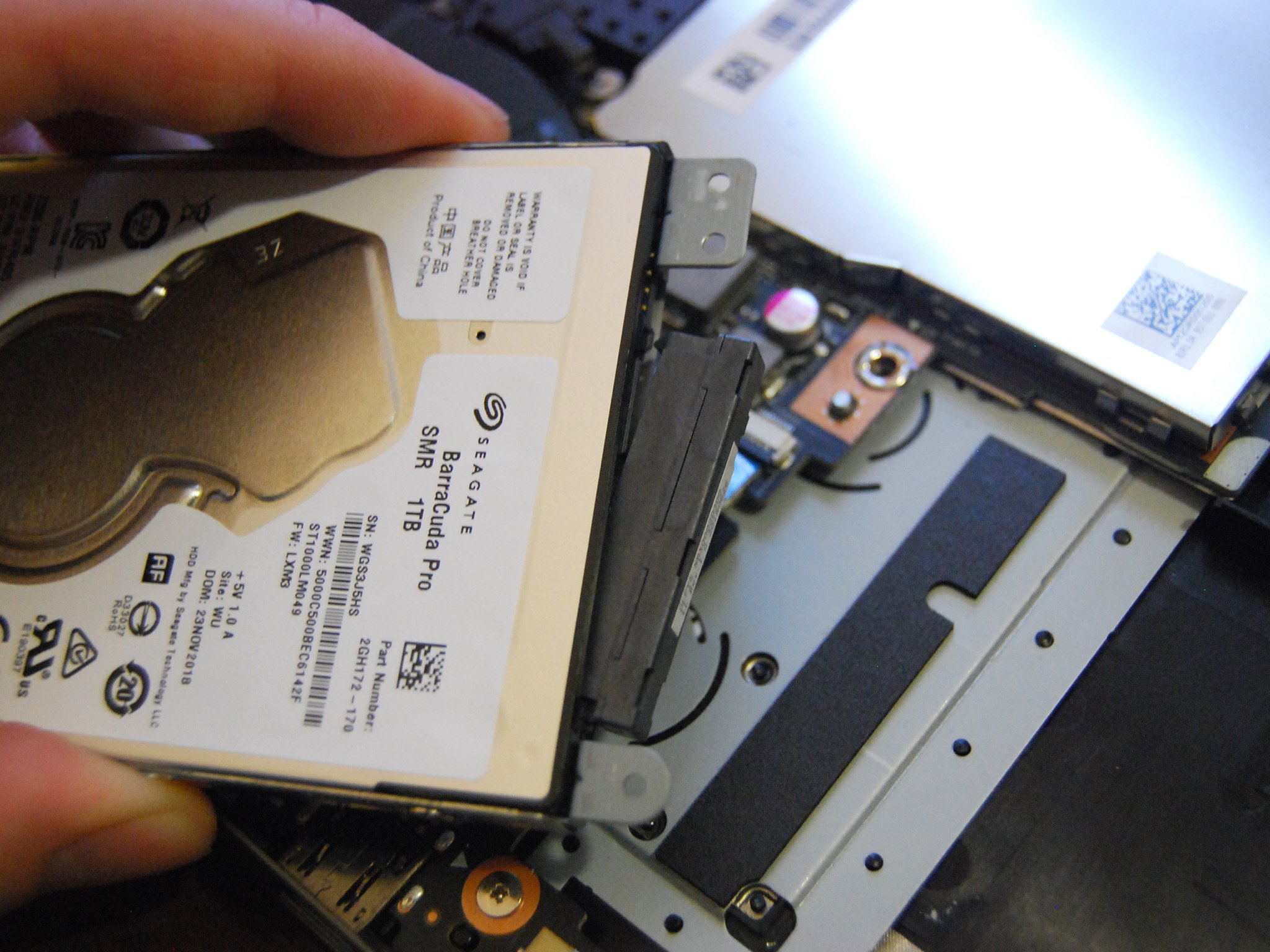
Lenovo updated its Y700-series of Legion gaming laptops, including 15- and 17-inch versions, with NVIDIA RTX graphics, and while performance hardware available differs slightly between the two models, both nevertheless come with 2.5-inch hard-disk drive (HDD) and M.2 PCIe SSD options. If you'd like to add or swap out the relatively slow HDD for something faster or with more storage, we've put together this guide to help you along the way. Both the 15- and 17-inch versions have the HDD bay in the same spot, and the steps in this guide apply to both sizes of the Legion Y740.
Hardware and software to get the job done
- 2.5-inch SATA SSD: Samsung 860 EVO SSD (From $58 at Amazon)
- Enclosure for cloning: Inateck SATA drive enclosure ($20 at Amazon)
- Cloning tool: Macrium Reflect 7 (Free at Macrium)
- Prevent damage: Rosewill anti-static wristband ($6 at Amazon)
- All required tools: ORIA PC toolkit ($33 at Amazon)
- 15-inch gaming laptop: Lenovo Legion Y740 15 (From $1,596 at Lenovo)
- 17-inch gaming laptop: Lenovo Legion Y740 17 (From $1,840 at Lenovo)
How to upgrade the HDD in your Lenovo Legion Y740
Note: Before beginning any upgrades on a PC, it's a good idea to back up your data in the unlikely event something should go wrong. You'll also want to ensure you're not working in a static-filled environment, as it can cause damage to a PC's internal hardware. Consider investing in an anti-static wristband to avoid unnecessary damage.
Lenovo is relatively accommodating with storage in the Legion Y740 15 and 17, offering up 2.5-inch HDD and M.2 PCIe SSD options. The 1 TB HDD that most models ship with might not seem as large once you've installed a few AAA games, so you might be looking to double or even triple storage. Likewise, if you find that it's reading too slowly for your liking, you can upgrade to a SATA SSD. In either case, the process is the same, and you can use these steps on the 15- or 17-inch Legion Y740.
If you have a Legion Y740 that came with only an M.2 PCIe SSD, you can simply add a 2.5-inch HDD or SSD for extra storage. Likewise, if you have a model with both an M.2 PCIe SSD and an HDD, you can swap out the latter with no need for cloning or reinstalling Windows 10, since the OS comes installed on the M.2 SSD. If you have important files saved on the HDD, you might want to transfer data to temporary storage before the swap.
Those who have a Y740 that shipped with only an HDD have a couple of options. You can grab a $20 Inateck SATA enclosure and clone the HDD's data, including Windows 10, over to the new drive. We've had success with Macrium in the past and have even written a guide to get you through the cloning process. If you're upgrading to a Samsung drive, you can use its proprietary software to clone instead. If you'd rather start over completely fresh, you can do a clean install of Windows 10 using a USB drive, for which we've created a separate guide to help you through the process.
Once you've made any necessary backups and have completed any necessary drive cloning, clear out a well-lit workspace and proceed with the steps below to upgrade the HDD in your 15- or 17-inch Lenovo Legion Y740. Be sure to power off your laptop before removing the back panel.
- Unscrew the 11 fasteners on the back plate of the Legion Y740 using a Philips-head screwdriver. The aluminum panel and the plastic venting come off as one piece.
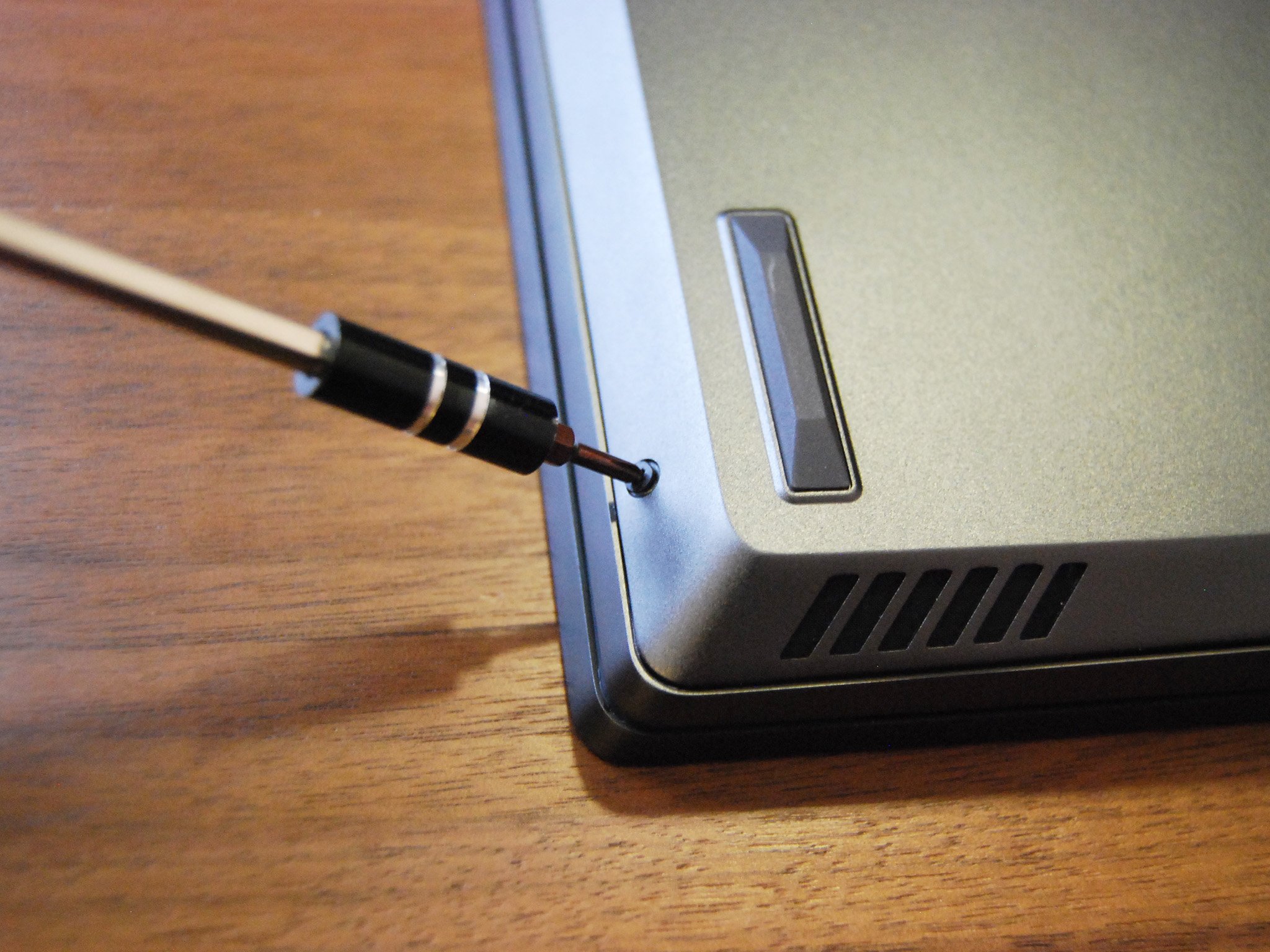
- Pry up the bottom panel using a pry tool or your thumb. Start with the front corners and work your way slowly around the entire panel to prevent damage.
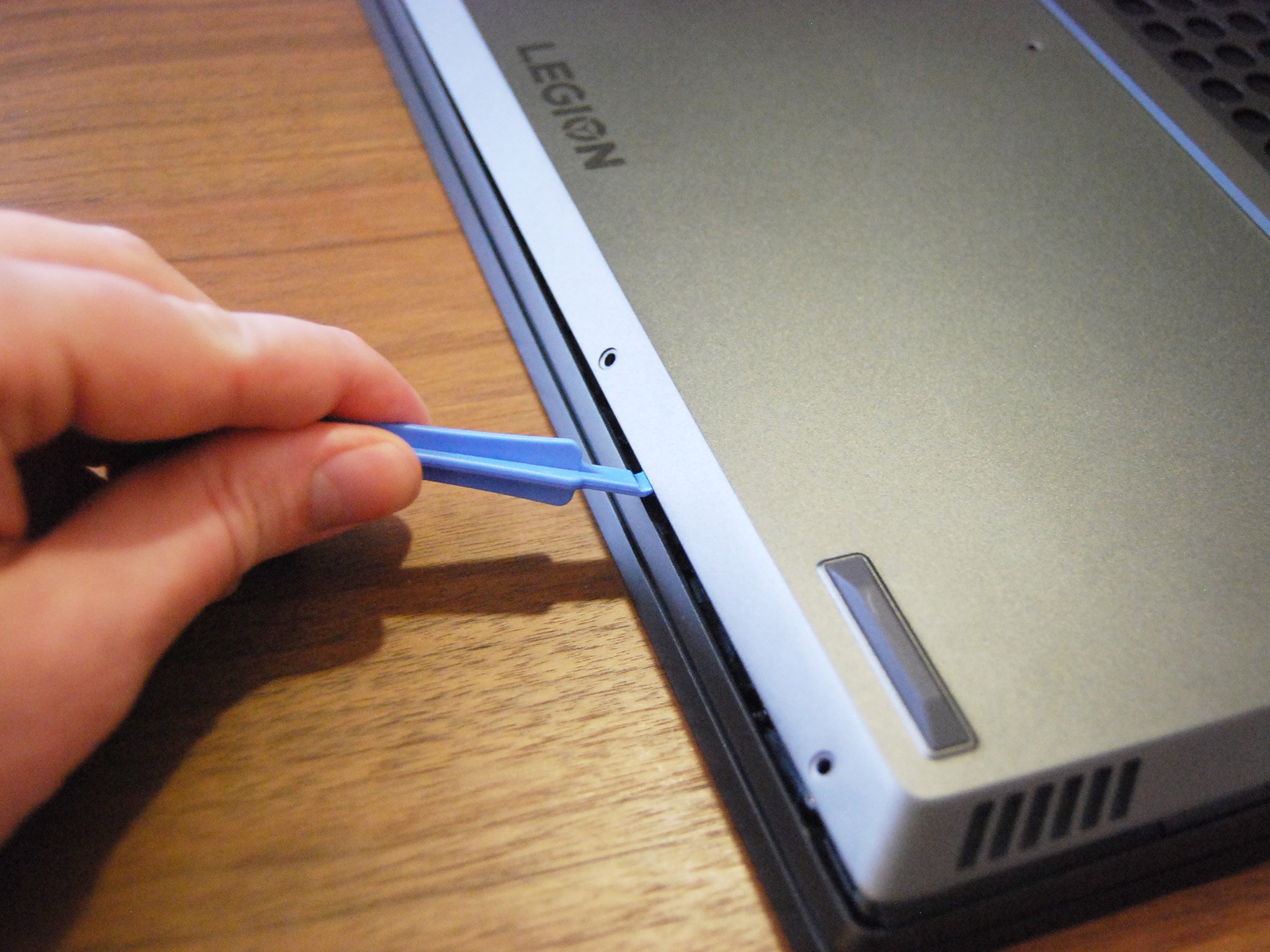
- Unscrew the four silver fasteners holding the HDD mount in place.
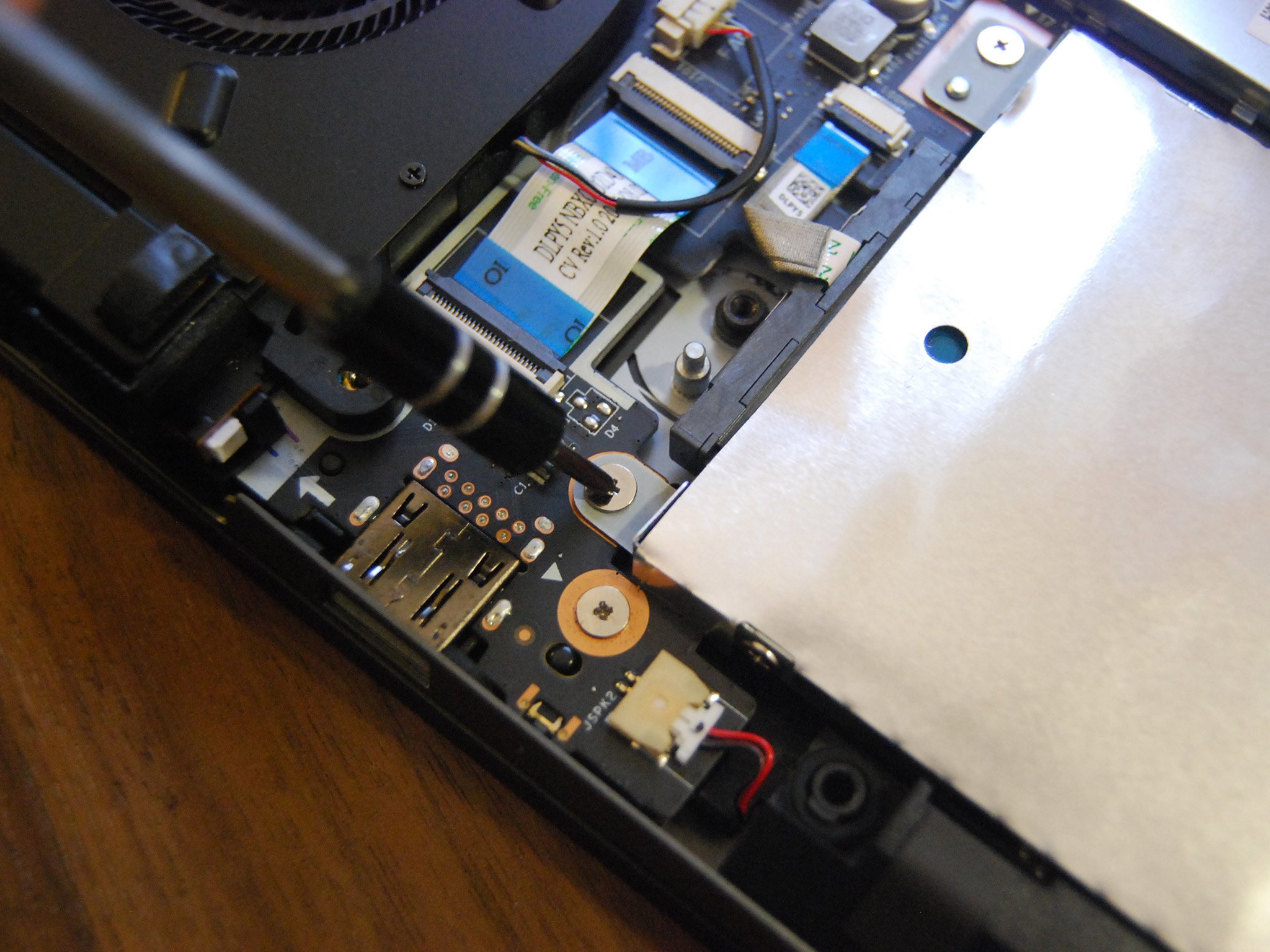
- Remove the SATA connector from the HDD. It should pull out without much force.

- Unscrew the four silver fasteners that hold the HDD in the mount. There are two located on either side of the mount.
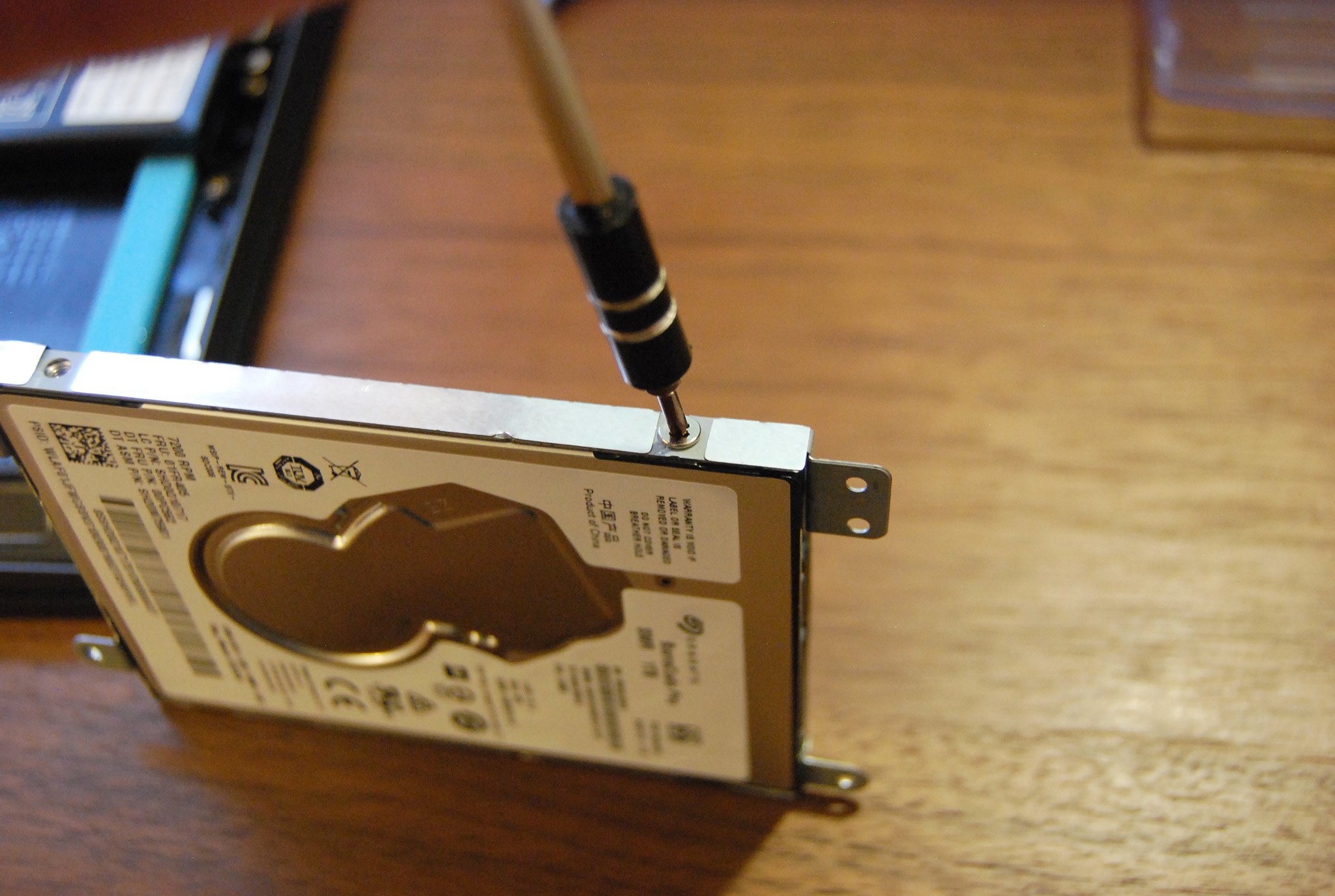
- Set the replacement drive into the mount. Be sure the mount arms are not interfering with the SATA connection.
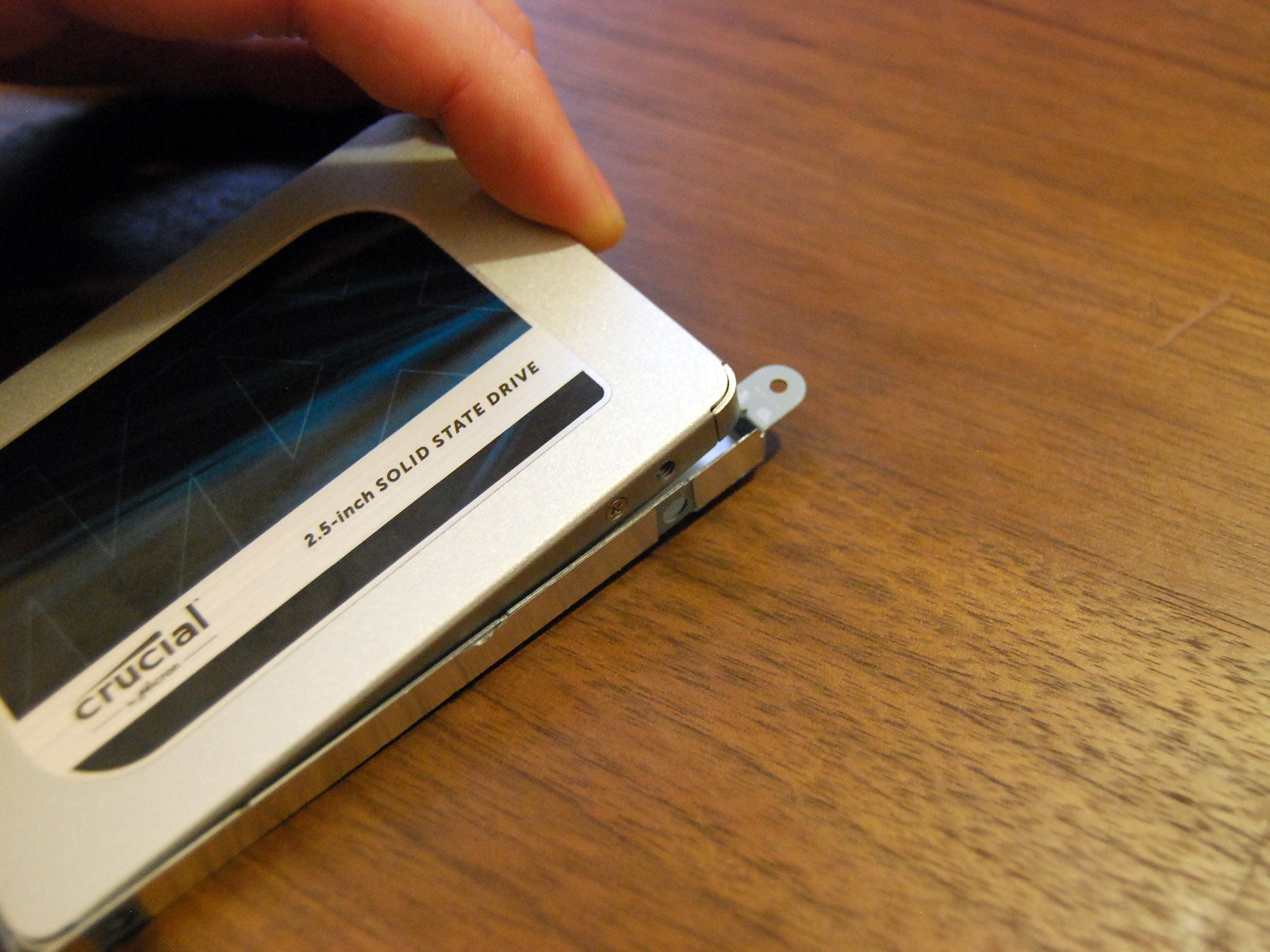
- Screw in the four silver fasteners that attach the mount to the drive.
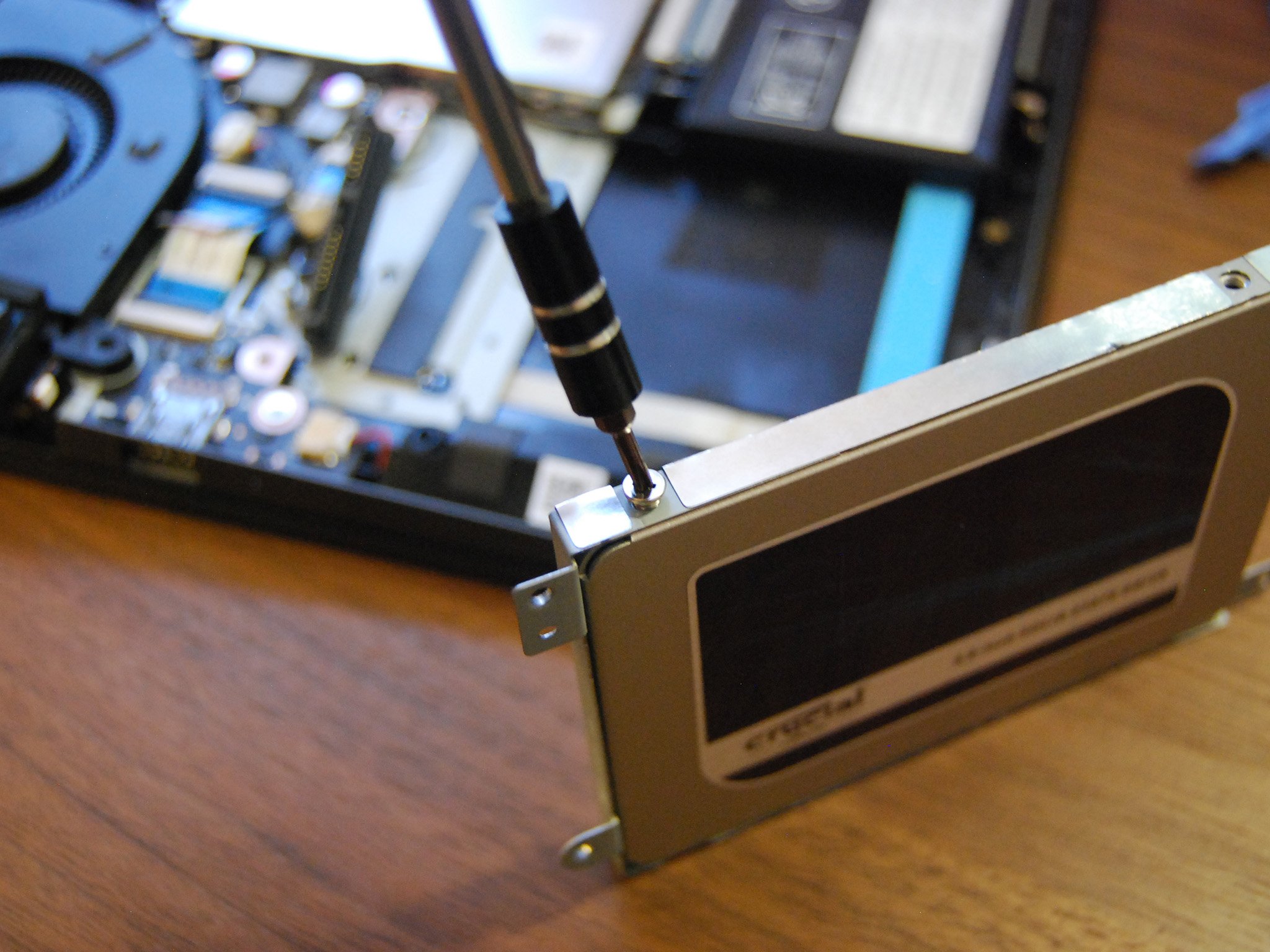
- Attach the SATA connector to the new drive. Notice that it will only fit one way.
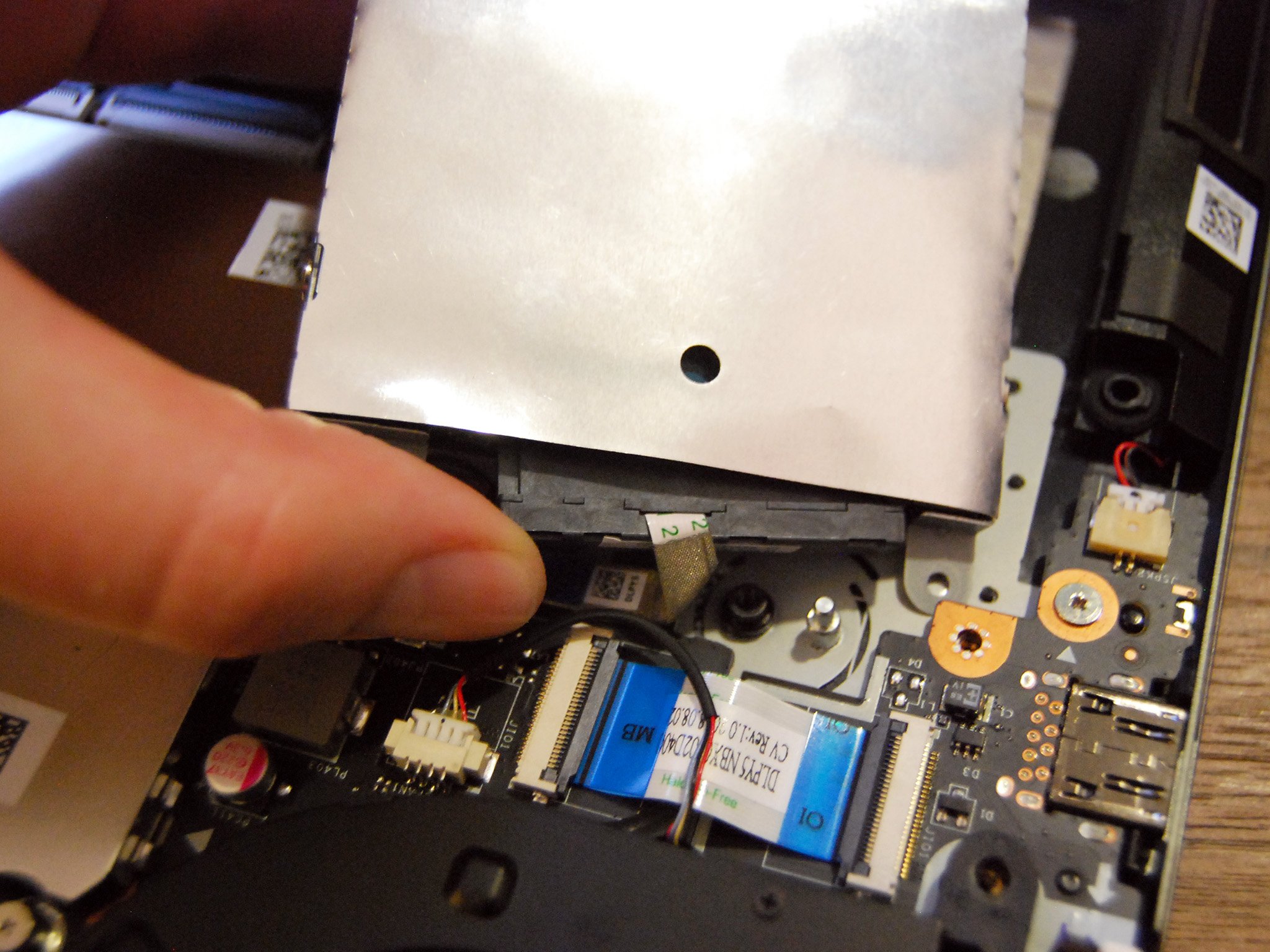
- Screw in the four silver fasteners that hold the mount in place.
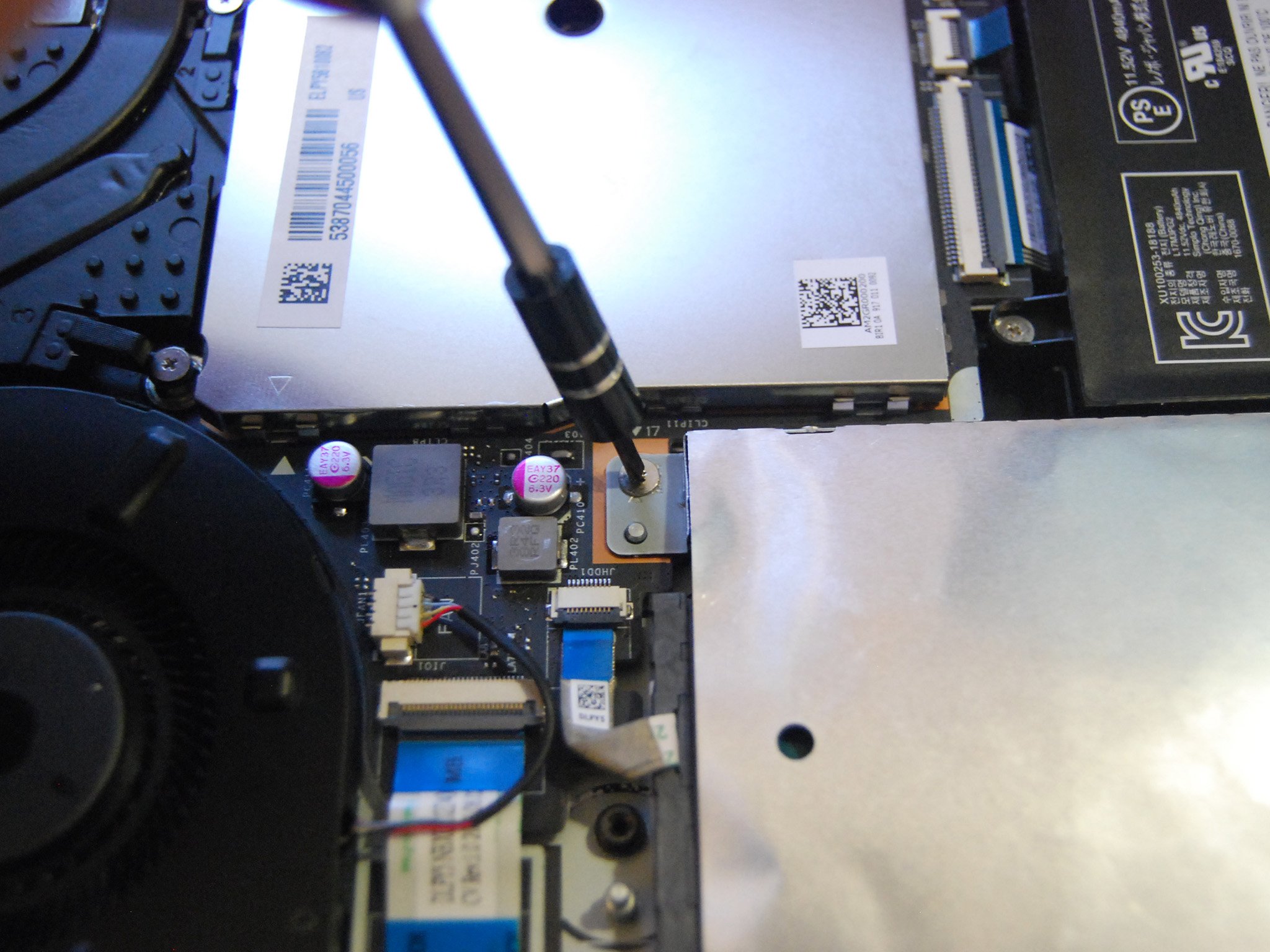
- Replace the bottom panel of the laptop, applying pressure around the edges and in the center. You should hear the panel snap into place when it's seated properly.
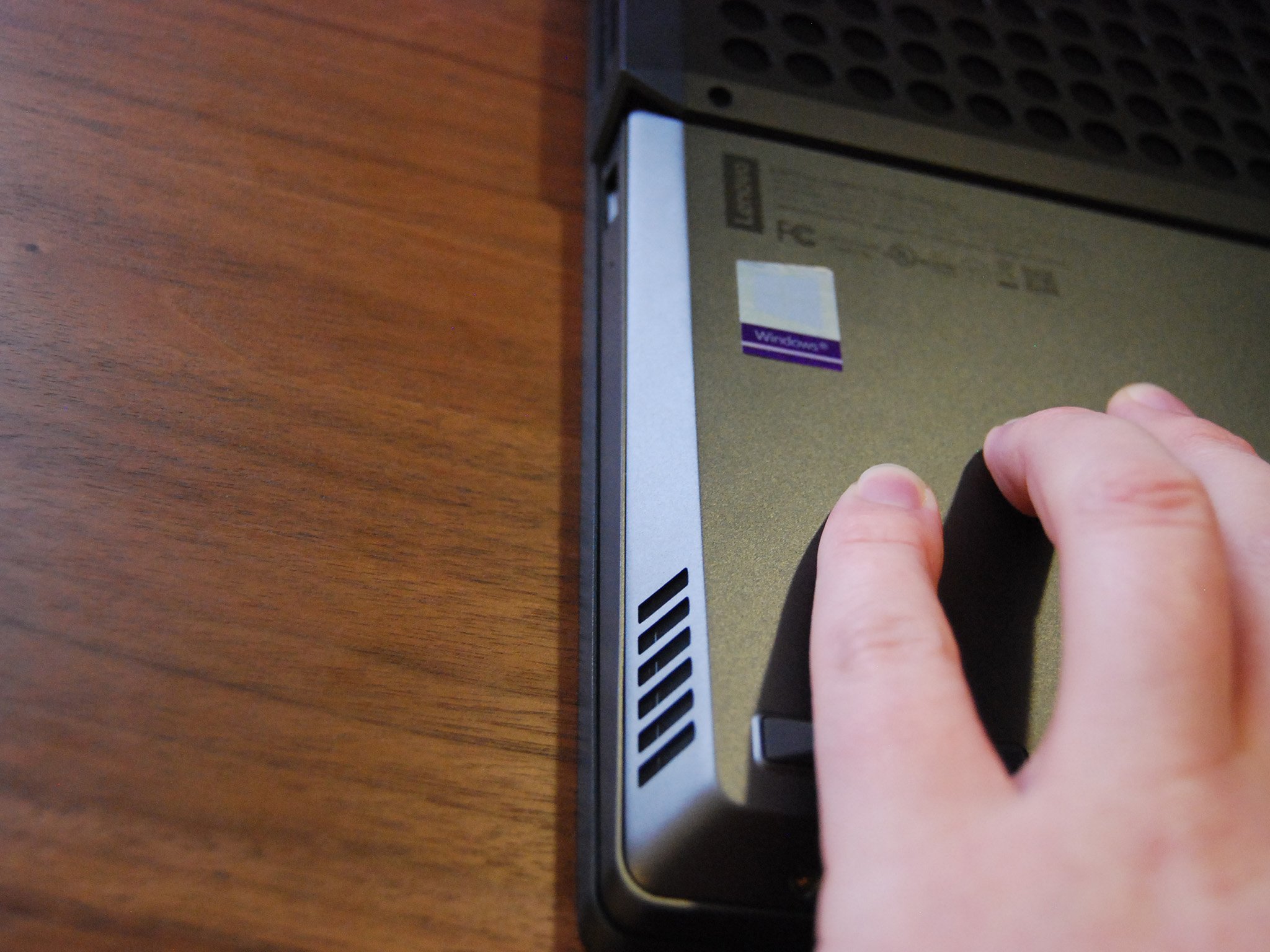
- Screw in the 11 fasteners on the back panel.
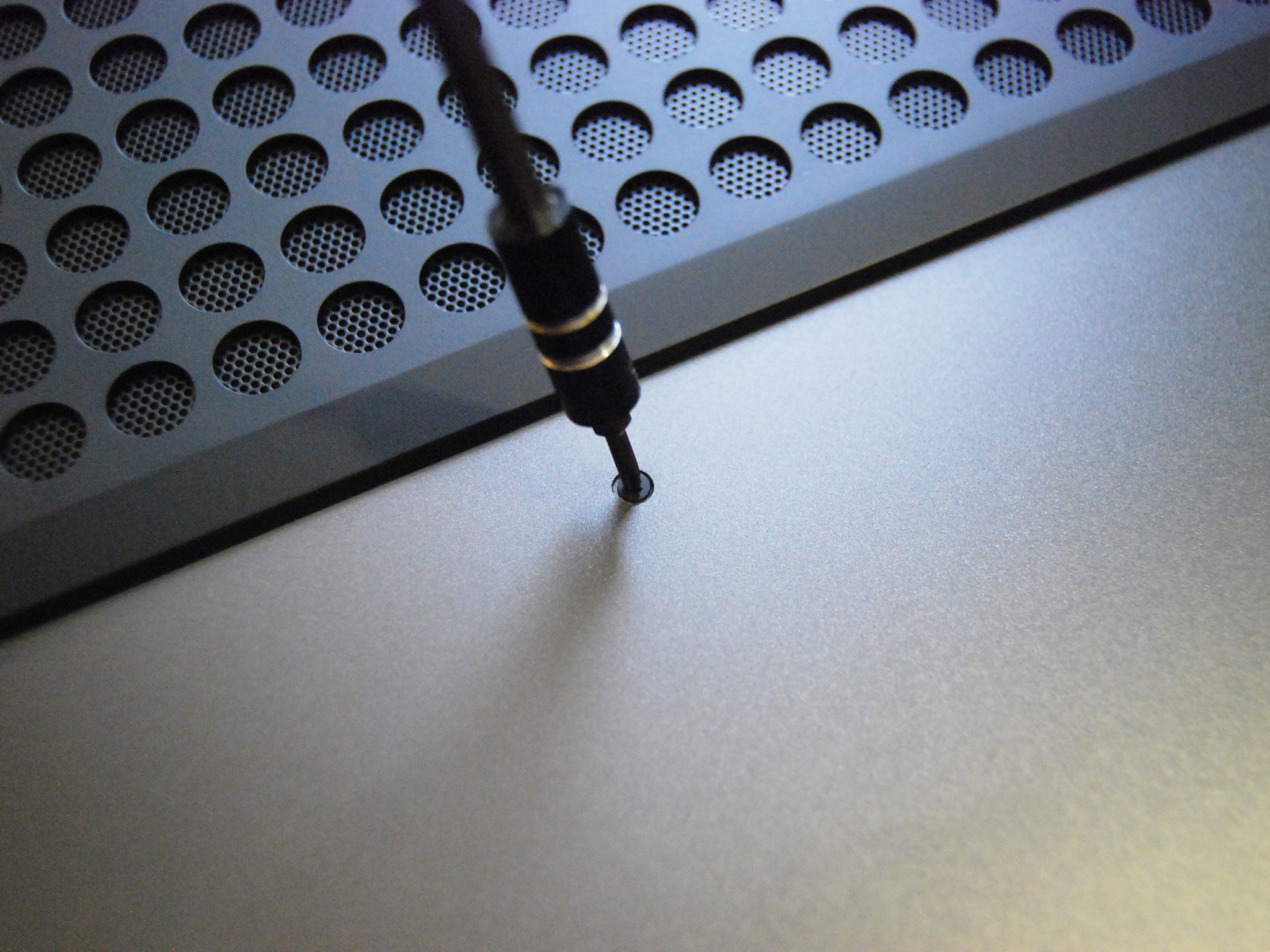
You're now free to boot up your Legion Y740 and check to see if the storage upgrade went according to plan. If Windows 10 doesn't automatically recognize your new drive, check out our guide on how to format a new drive to get it working properly.
Get the Windows Central Newsletter
All the latest news, reviews, and guides for Windows and Xbox diehards.
Our top hardware and software picks
Our pick for an upgrade is Samsung's 860 EVO 2.5-inch SATA SSD, which adds better performance and can add more space depending on the size you buy.
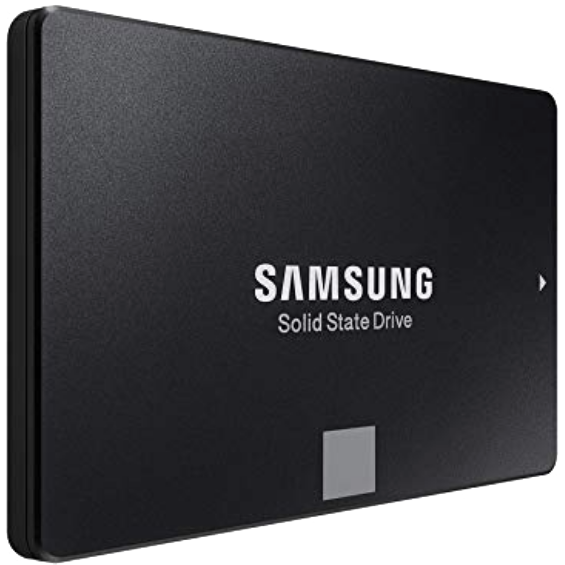
Up to 4TB of speedy storage
Get read speeds up to 550 MB/s and write speeds up to 520 MB/s for superior performance, and take advantage of a 5-year warranty. If you're going to the trouble of replacing your HDD, do it right with the 860 EVO.
The smaller 15-inch Legion Y740 is an outstanding gaming laptop that stays cool but offers impressive performance. Get up to an RTX 2070 GPU and take advantage of RAM and storage upgrades to keep it relevant into the future.
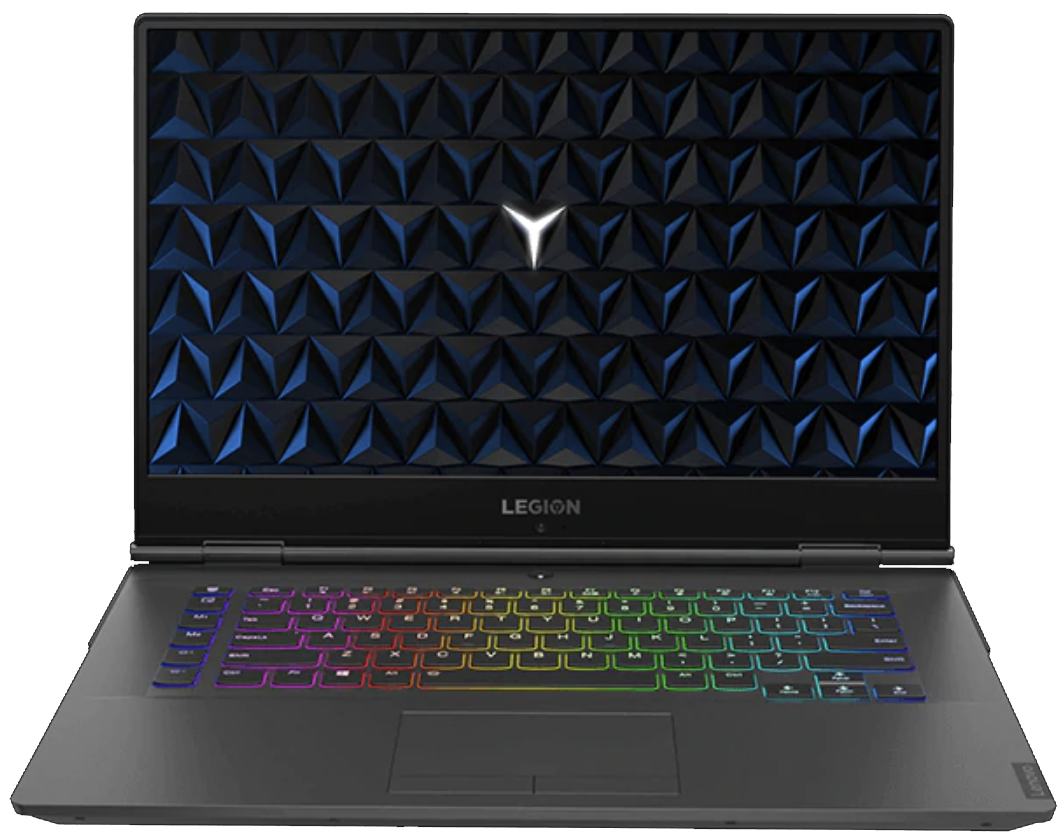
Quiet, cool, and powerful
An RTX 2070 GPU and hexa-core Intel Core i7-8750H CPU doesn't keep this gaming laptop from running cool. It's all wrapped up in an aluminum chassis that is priced competitively.
If 15 inches just isn't enough screen space for your gaming needs, the 17-inch Legion Y740 should fit the bill. It's also available with the more powerful NVIDIA RTX 2080 GPU, and it also offers easy upgrades to storage and RAM.
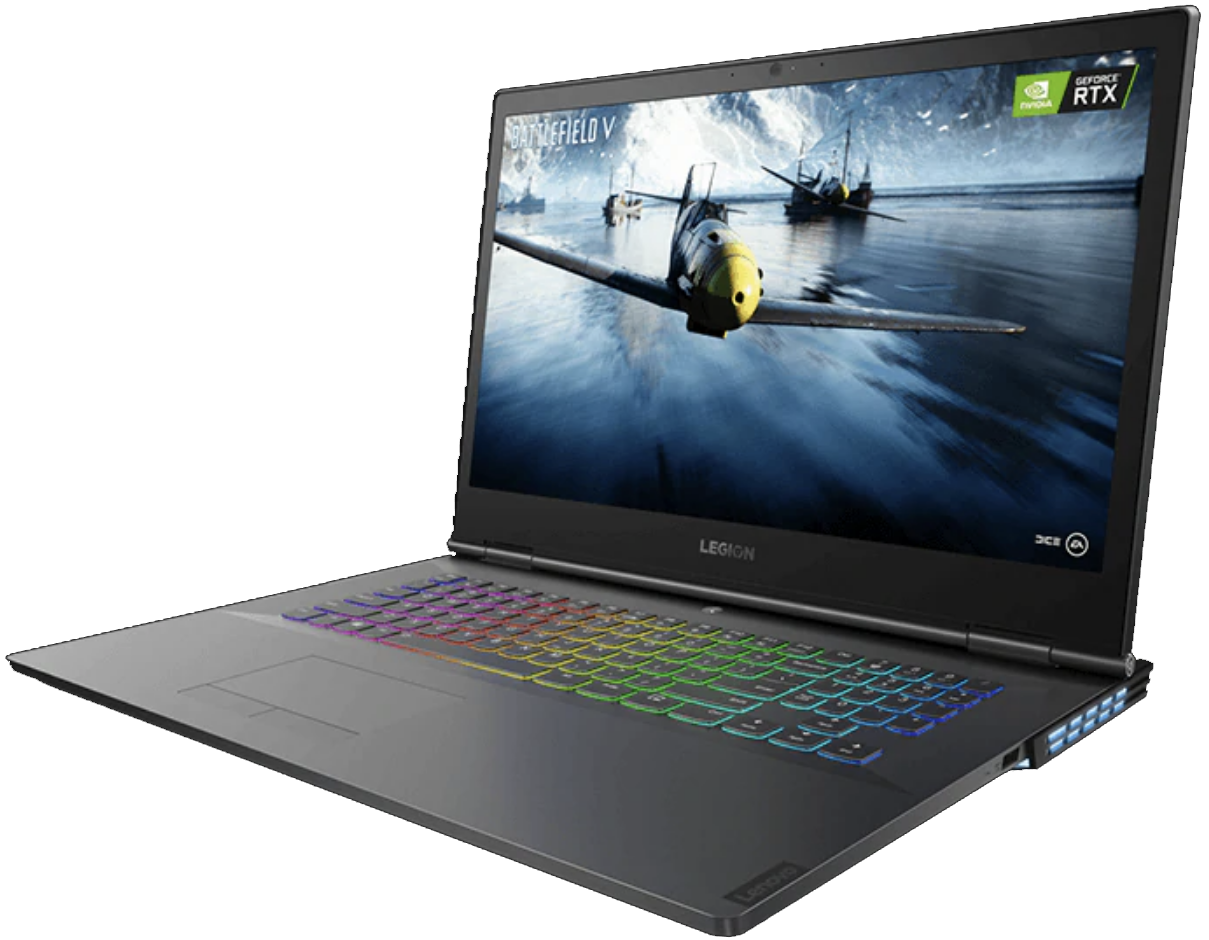
Portable high-end gaming
Get ridiculous performance at a cost lower than much of the competition, all wrapped up in a mature aluminum chassis with programmable RGB keyboard and lighted exhaust vents.
Additional Equipment
To make the upgrade process easier and less risky, consider investing in some of these affordable PC tools, and don't forget about Macrium Reflect for those who want to clone drives.
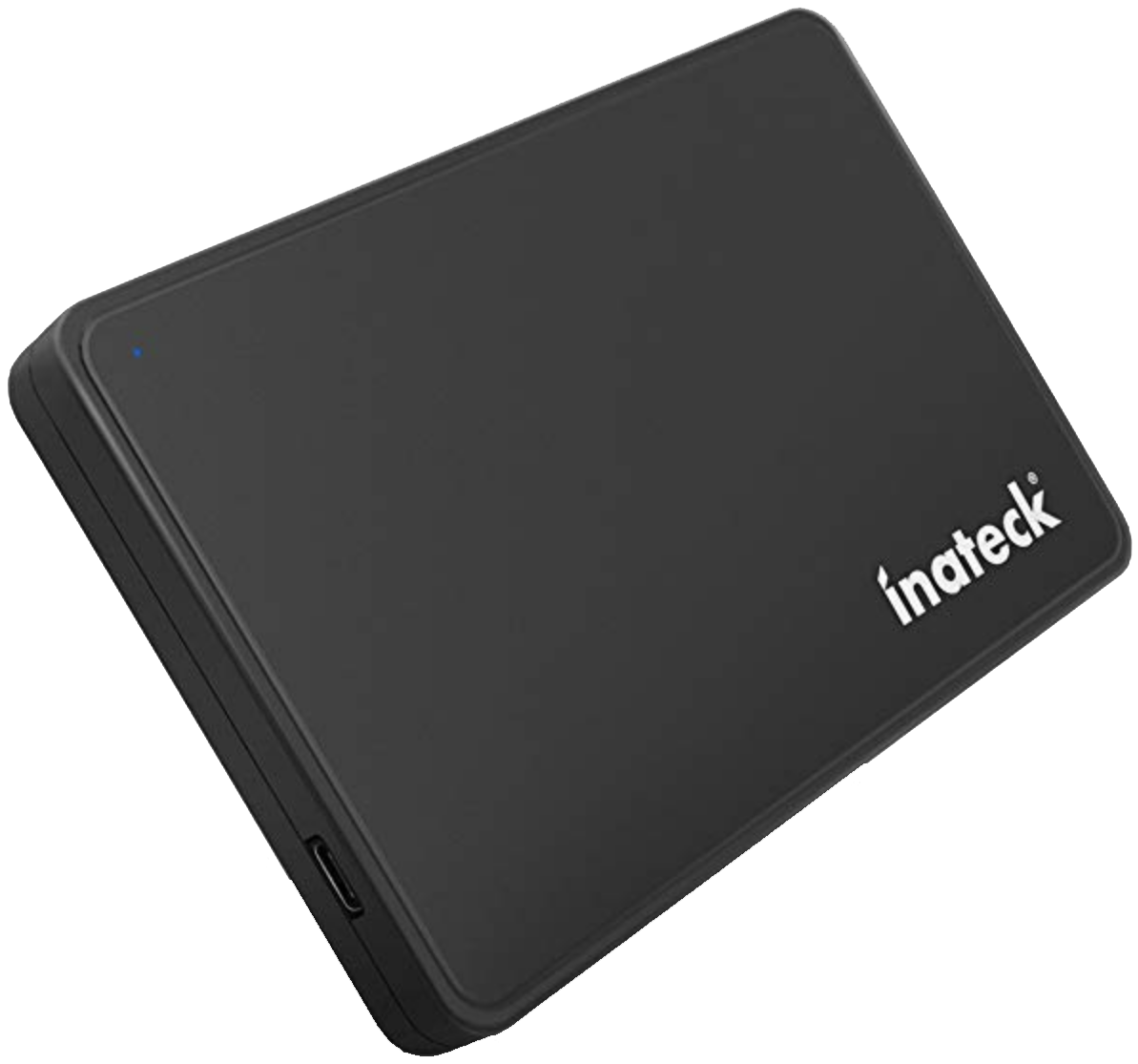
Inateck SATA enclosure ($20 at Amazon)
If you'd like to clone the 2.5-inch HDD's data over to your new storage, an external enclosure will facilitate the process. Insert the new SSD or HDD into the enclosure, plug it into your laptop with USB-C or USB-A, and let the cloning software take over.
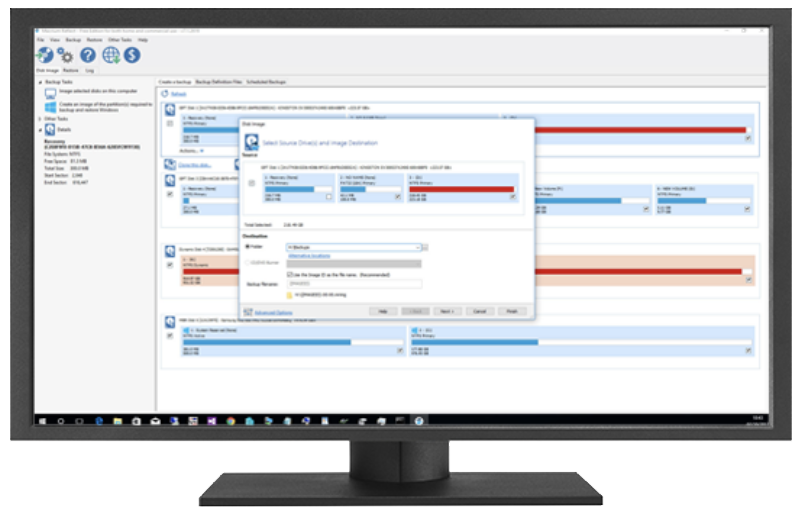
Macrium Reflect 7 (Free at Macrium)
We've had success cloning drives with Macrium Reflect 7, and have even written a complete guide on how to use it properly. A free edition is available, but you can purchase a full edition with a bunch more features for those who truly take backups seriously.
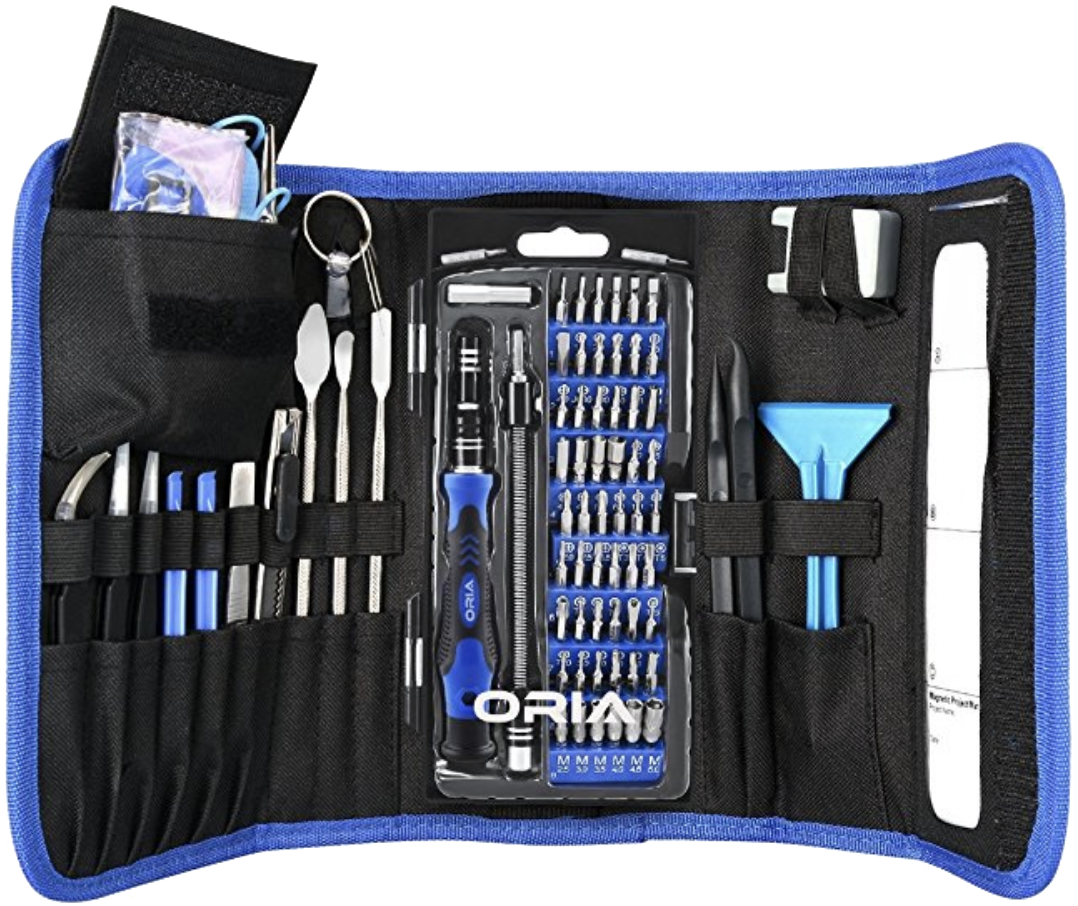
ORIA PC toolkit ($33 at Amazon)
Having the proper gear to work on your PC will always make the job much easier. Here you get a plethora of tools contained in a portable case.
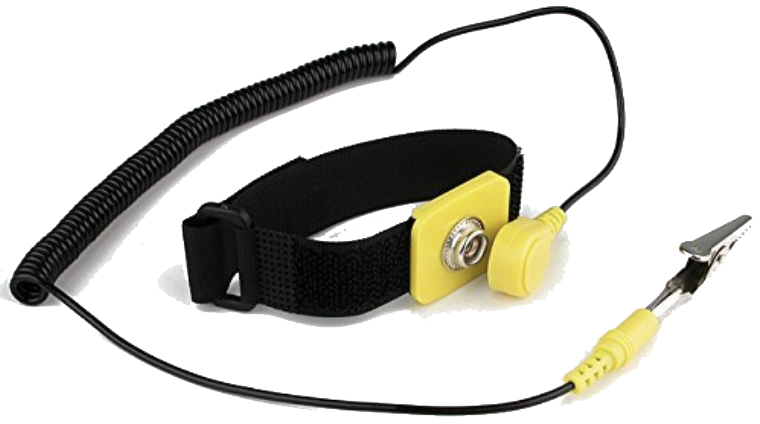
Rosewill anti-static wristband ($6 at Amazon)
Static electricity can damage sensitive PC parts, so remove the risk with an anti-static wristband. Fasten it around your wrist and clip it onto your PC for peace of mind.

Cale Hunt brings to Windows Central more than eight years of experience writing about laptops, PCs, accessories, games, and beyond. If it runs Windows or in some way complements the hardware, there’s a good chance he knows about it, has written about it, or is already busy testing it.
